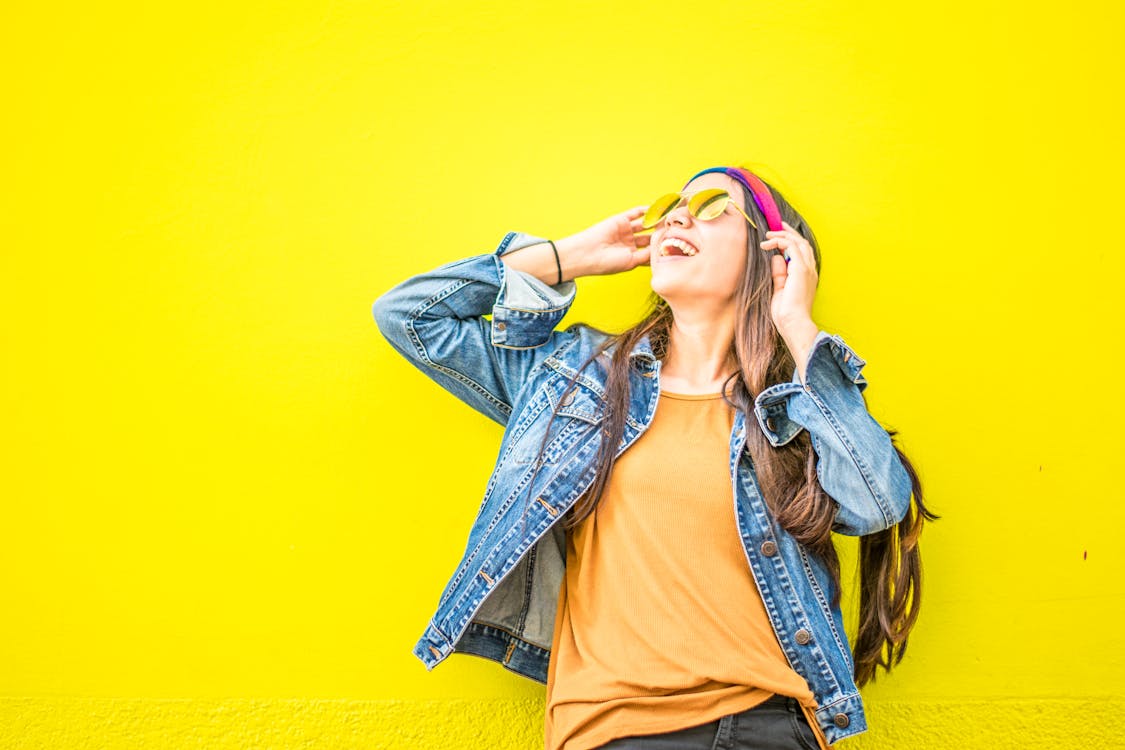The piece received an overwhelmingly negative response — so much so that Attitude editor-in-chief Matt Cain and Dawson both issued statements addressing the backlash — and I was left feeling frustrated and dysphoric from the wave of criticism. Don’t get me wrong, there is some legitimacy to the critiques — policing people’s identities is never a good idea and the statement definitely could have been worded in a way that would avoid this (it’s that trans women often live as gay men, not that gay men want to be women) — but many of Dawson’s detractors are overlooking the social and historical context that not only proves her original point, but shines a light on the ways trans women continue to be oppressed, even within our own community.
Critics are calling Dawson’s comment homophobic, saying it reinforces stereotypes, implies that being gay is a choice and downplays the struggles that gay people still face in society. But as important as it is to acknowledge how far we still have to go in order to achieve equality for the entire LGBTQIA community, it’s also important to ensure we’re truly looking out for the community — especially the most marginalized among us — and not just prioritizing the needs of white, cisgender gay men.
Because a majority of the backlash seems to be coming from cisgender gay men, many of whom are resorting to misgendering Dawson and labeling transgender ideology as homophobic, thus discrediting not only Dawnson’s statement, but the experiences and identities of all trans people. This has deflected the conversation from being about the experiences of trans people, to being about gay men.
To say nothing of Dawson’s original comments, the response to her statement reflects a history of white gay men discrediting and silencing trans women in attempt to push their own agenda of assimilation. After all, it was only two years ago that gay men created a petition to remove the “T” from the LGBT acronym. Despite the fact that trans women of color spearheaded the fight for equality, with the Compton Cafeteria Riots (considered to be one of the first trans riots) and Stonewall Riots (most historians credit trans women with starting the riot, which is now considered the beginning of the modern LGBT movement), we continue to be excluded from the very movement we began.
And that’s why, as valid as some of these criticisms may be, Dawson’s original statement doesn’t carry the same weight as the response does. Not to mention, the blatant transmisogyny that motivates gay men to talk over the experiences of trans women is the same thing that keeps many trans people from being able to accept our identities.
To speak to my experience, I was simultaneously hyperfeminine and transphobic in college. Friends would actually joke that I was the most feminine gay person they had ever met. I rejected all gender norms, wearing bright pink lipgloss and glittery high-heels to class, because feminism told me that it was OK to be a boy and date men and be into traditionally feminine things — but transmisogyny told me I couldn’t be a woman. As much as I loved femininity, I viewed transitioning as anti-feminist, in that I thought it reinforced traditional gender roles. And as I began coming to terms with my identity, I was very aware of how homophobia may have impacted my journey. Did I want to be a woman just because it would be more acceptable for me to date men?
But as I came to accept my womanhood, the way I expressed my identity and understood my sexuality started to change. I moved away from hyperfeminine expressions of gender and my sexuality became more fluid. Homophobia didn’t make me want to be a woman, transmisogyny kept me from knowing my authentic self — and that’s not just about my gender. Because living my truth and expressing my womanhood has actually helped liberate me from the traditional gender roles that pushed me to bathe myself in glitter and pink lipgloss in order to make my femininity — a symbol of my womanhood, but not a requirement for womanhood — known.
Both before I came to know myself and even now, as I move through the world as an out, proud trans woman, I’ve made so many compromises in order to live both openly and safely in a world that tells me I’m not supposed to exist. My experience, which shares similarities to Dawson’s, isn’t universal, that’s for sure. But Dawson’s statement, problematic as it may be, reflects a harsh truth — transphobia and misogyny are so ingrained in society that it keeps many trans people (especially trans women) from being able to acknowledge and express our identities.
Sometimes, that means that you’re unaware of your identity, because the world hasn’t presented it as a legitimate option. Or maybe you’re aware of your identity but don’t express it, because it’s a threat to your well-being. Sometimes, it means you, consciously or not, stick to rigid gender roles in order to affirm your identity and survive. However these compromises manifest, they’re a result of trying to come to terms with our identities in a world that was built for cis, straight people.
Obviously, not all gay men are closeted trans women, but to deny that transmisogyny keeps some trans women from coming to know themselves or coming out serves no one. And to take a conversation that began as an exploration of the experience of many trans women, and shift it to focus on the needs of cisgender gay men — when they’re the ones who have a history of excluding trans women — only serves patriarchy and transmisogyny, which oppress all of us.
